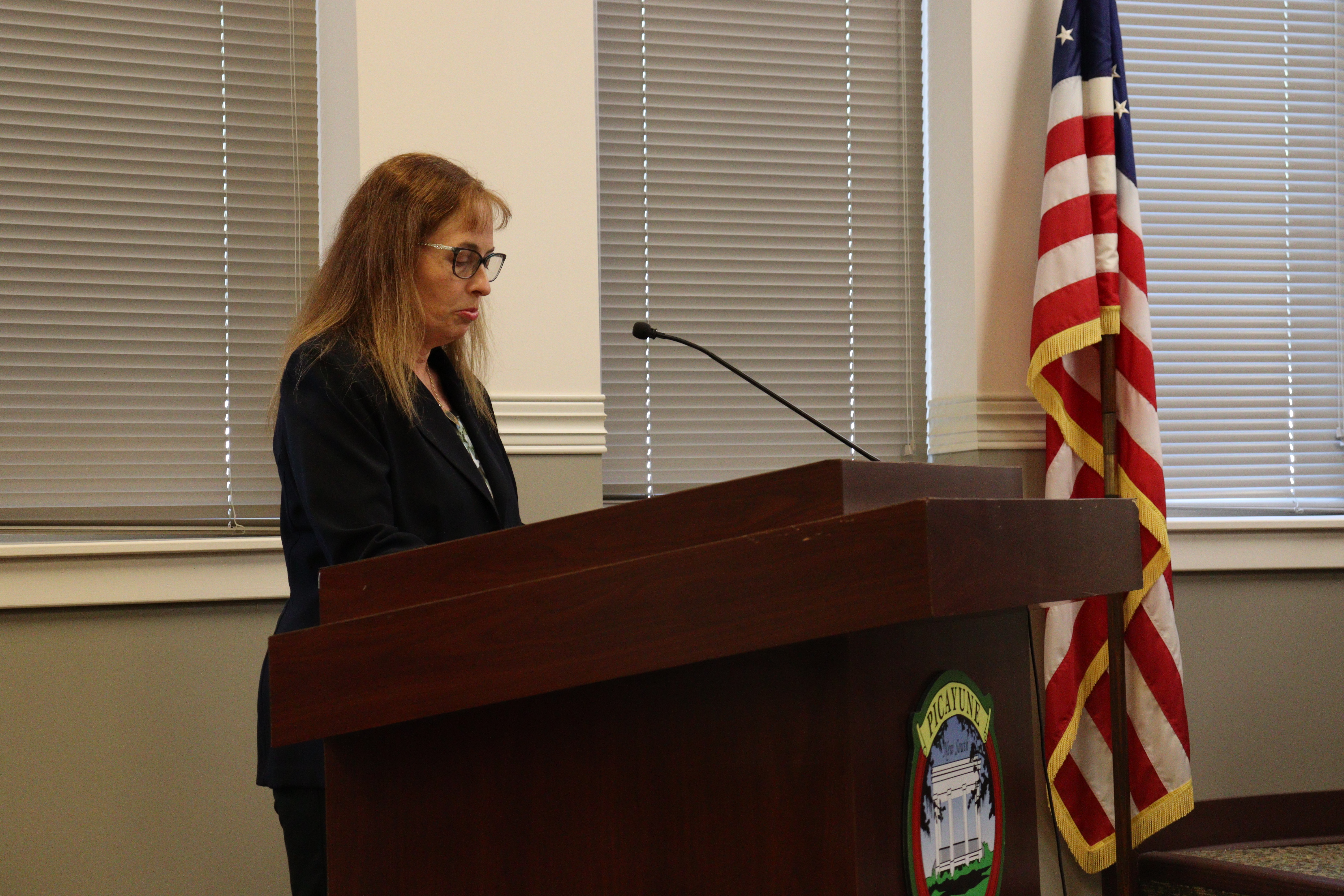CDC hosts availability session
Published 6:02 pm Tuesday, March 4, 2008
The United States Center for Disease Control, assisted by the Federal Emergency Management Agency, hosted the second of several availability sessions about the formaldehyde levels in FEMA-issued travel trailers, mobile homes and park models at the St. Rose de Lima Church in Bay St. Louis on Monday.
Cmdr. Jim Lando, a physician with the United States Public Health Service, presented the public with the results of the study that the CDC performed on a sampling of FEMA Temporary Housing Units.
Lando said 519 housing units were chosen in a random sampling of the 48,500 units still housing victims of Hurricanes Katrina and Rita.
“Of the 48,500 units still remaining, we separated those into 11 groups based on brand and type, whether it was a mobile home, travel trailer or park model… We wanted to make sure our sample was representative of all the units,” Lando said.
Once the sample units were chosen, a four-foot tall tripod was set up in each unit housing a filter that drew in the air within the unit, Lando said. Temperature and humidity also were measured, and the tester performed an inspection in the household during the testing.
Lando said the average amount of formaldehyde found in each of the units was around 80 parts per billion, but ranges varied anywhere from 3 ppb in travel trailers and mobile homes up to 590 ppb in travel trailers.
“There is not a set level at which formaldehyde starts to hurt you. There have been occupational exposure standards for years, but no residential exposure levels. There is no cut point where formaldehyde is bad or good. The longer you are exposed to higher levels, the worse it is,” Lando said.
According to a chart in Lando’s presentation, formaldehyde ranges in the hundred levels can cause symptoms in individuals with sensitivity, such as the elderly, the very young or those with respiratory problems. Once levels reach or exceed 1,000, all individuals will experience acute symptoms that will be alleviated only if the individual is removed from the source of the formaldehyde.
Symptoms of formaldehyde exposure are respiratory in nature and include eye, nose and throat irritation, skin irritation, and chest tightness with coughing and shortness of breath. Long-term exposure has been correlated with nasopharyngeal cancer.
Lando said the levels found in the housing units would be higher if the testing had been done during the summer months with their warmer temperatures.
“This study was done in the winter more than two years after Katrina and Rita. It is very likely to under-represent the effects of long-term exposure since levels tend to be higher in newer trailers and during warmer weather. We know we’ll see decreased levels during the colder months,” Lando said.
Lando said of the housing units tested, those with higher indoor temperatures tended to have higher formaldehyde levels, and the travel trailers had higher levels than the other two types.
Lando said the CDC has made several recommendations to FEMA, including:
— Relocate travel trailer residents before the weather warms.
— Make individuals who are vulnerable and symptomatic a high priority, as well as those in units with elevated levels.
— Follow-up with a collaboration between the Department of Housing and Urban Development, CDC and others to assess potential exposures in other settings.
— Consider assistance in addressing follow-up issues, including medical needs.
— Establish a health registry of children and others living in travel trailers and mobile homes in the Gulf Coast Region to follow potential cancer concerns.
As for residents, Lando said the best way to keep formaldehyde exposure to a minimum in a FEMA housing unit is for residents to keep the unit as cool as possible, keep the unit well-ventilated, do not smoke in the unit and spend as much time as possible outside the unit.
Individuals with questions about formaldehyde exposure and its effects can call the CDC at 1-800-CDC-INFO (1-800-232-4636) or go to the CDC’s website at www.cdc.gov.
Residents who live in FEMA housing units and who want to know their available options for alternative housing or who want their units tested can call FEMA at 1-866-562-2381.





